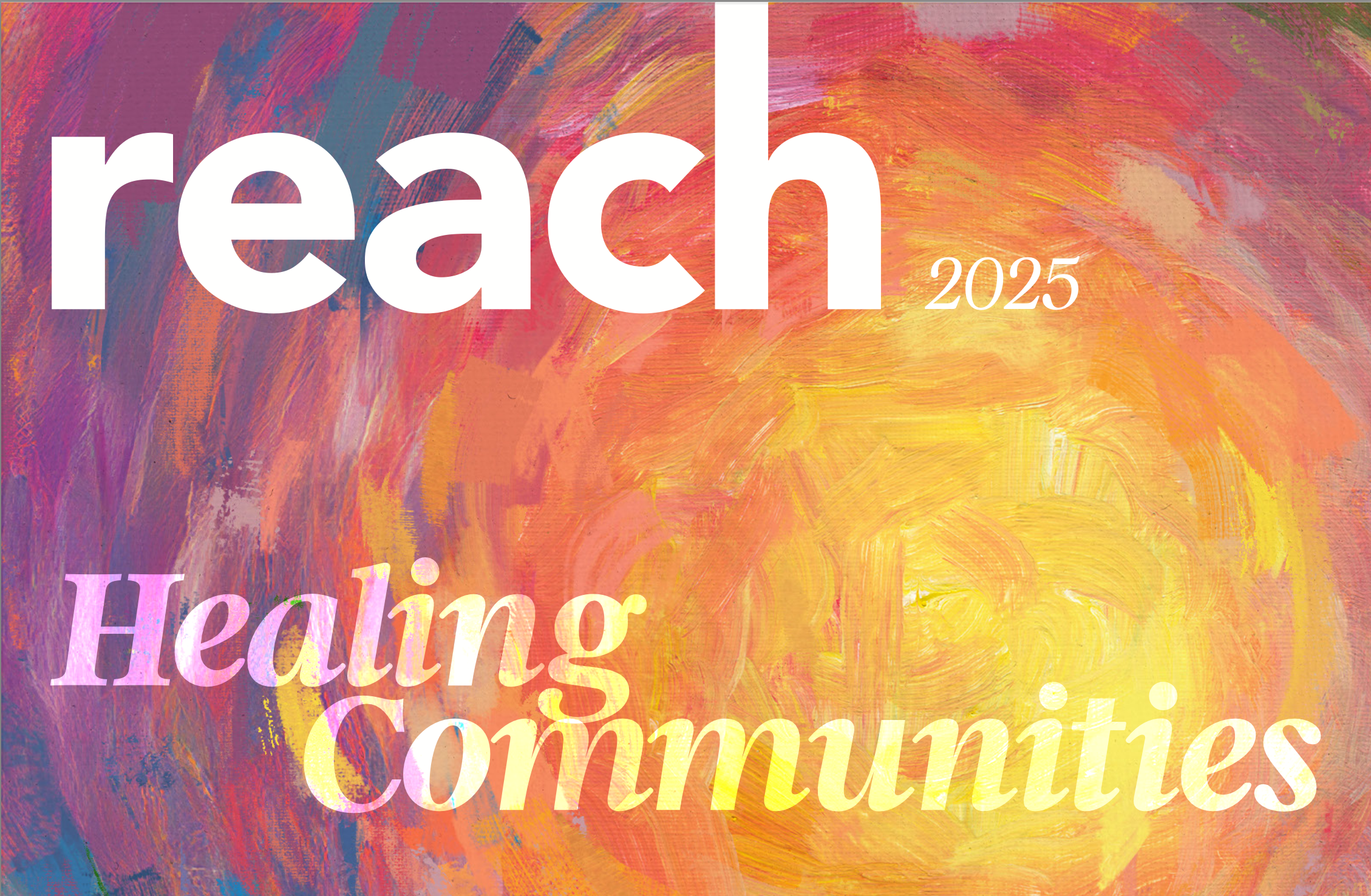October is National Bullying Prevention Month. One out of every five students report being the victim of bullying. Bullying is defined as “intentional behavior that hurts, harms or humiliates a student, either physically or emotionally”. Bullying can happen at school, in the community or online. Bullying is not about conflict, it is about power and control. Kids and adults who bully often use their power, such as physical strength, embarrassing information or popularity to control or harm others.
Bullying Statistics
- 20.8% of students report bullying.
- Prevalence of bullying increases to 35% from ages 12-18.
- It is estimated that 64% of children are bullied and not reporting it.
- 57% of bullying situations stop when a peer intervenes.
- Reasons for bullying reported most often include:
- Appearance (looks) 55%
- Body size/shape 37%
- Race 16%
Effects of Bullying
- Students who are bullied are more likely to experience:
- Experience low self-esteem.
- Isolate.
- Perform poorly in school.
- Experience physical symptoms such as headaches, stomachaches or sleep disturbances.
- Experience depression, anxiety and suicidal thoughts.
Cyberbullying
- 24% of middle school students experience cyberbullying.
- 15.5 % of high school students experience cyberbullying.
- The percentage of individuals who have experienced cyberbullying at some point in their lives has increased from 18%-34% since 2007.
- 90% of teens who report having been cyberbullied have also reported being bullied offline.
Bullying and Suicide
- 14% of victims of bullying have considered suicide.
- 7% have had an attempt.
How to Help
If your child is being bullied, there are some things you can do to help.
- Talk to your child and listen. Ask about their social experience in school especially if they seem to be withdrawn. Watch for changes in mood or behavior.
- Be an example to your child. Model for them empathy, tolerance and respect in your actions and communication.
- Monitor your child’s time online and negotiate access to their accounts.
- Encourage your child to not engage the bully and to calmly walk away. Engaging the bully only tends to lead to continued bullying.
- If bullying persists, call and talk to your school district about what policies, procedures and enforcements they have in place to combat bullying in their school. Inform the school of your child’s situation.
- Encourage to child to stand up for others being bullied. Statistics show that about 57% of bullies stop when a peer intervenes on behalf of the student being bullied.
For more information on bullying, you can visit the PACER’s National Bullying Prevention Center at www.pacer.org/bullying.


